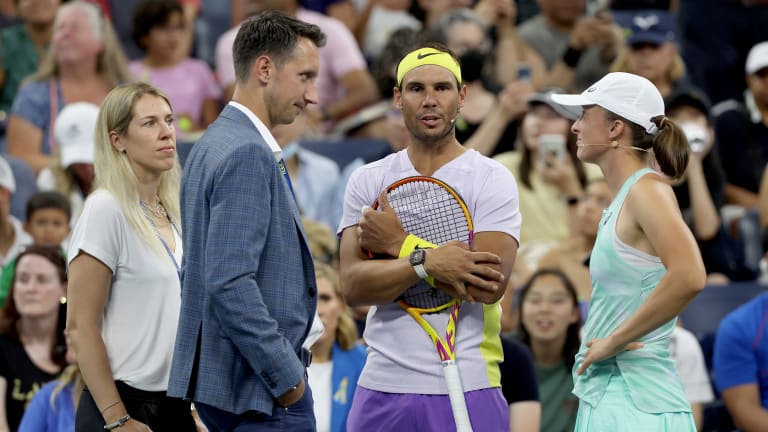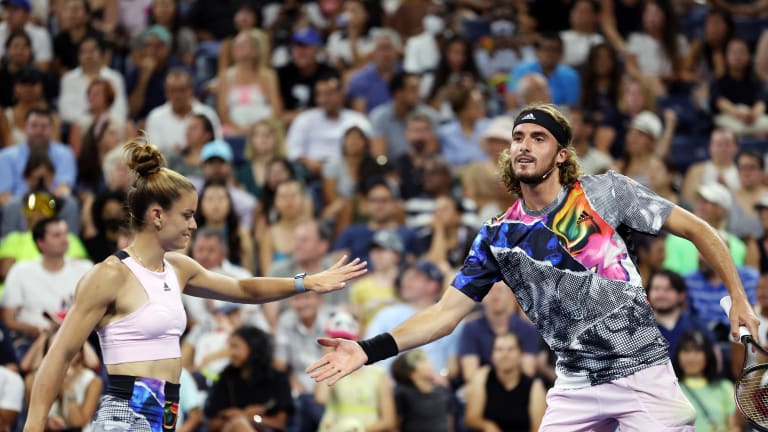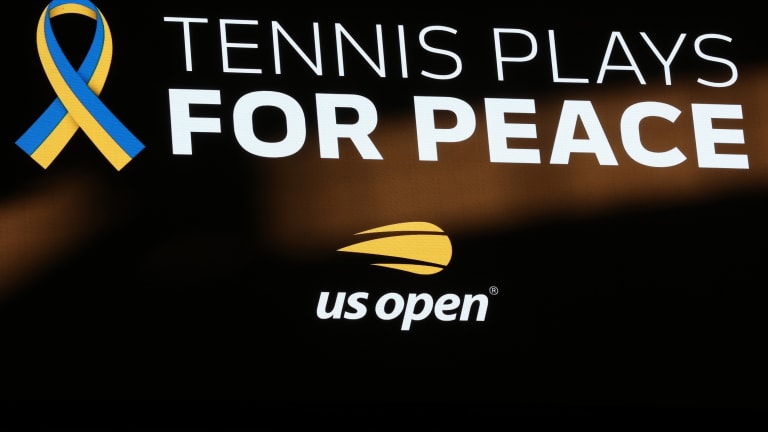US Open
At US Open's Ukraine fundraiser, fun abounds with Rafael Nadal, Iga Swiatek and other bright lights, but the war still casts a shadow
By Aug 25, 2022US Open
Eric Butorac will replace Stacey Allaster as US Open tournament director
By Nov 17, 2025US Open
Beyond The Champions: 2025 US Open Winners and Losers
By Sep 10, 2025US Open
In US Open defeat, Jannik Sinner faces his shortcomings
By Sep 09, 2025US Open
Amanda Anisimova's US Open fortnight wasn't just "incredible"—it was redemptive
By Sep 09, 2025US Open
Overcoming Doubt, Finding Deliverance: Six WTA takeaways from the 2025 US Open
By Sep 08, 2025US Open
Service and a smile: How Carlos Alcaraz conquered Jannik Sinner at the 2025 US Open
By Sep 08, 2025US Open
Carlos Alcaraz captures sixth Slam and second US Open title, dethrones No. 1 Jannik Sinner
By Sep 07, 2025US Open
Alcaraz vs. Sinner US Open final start delayed by 30 minutes
By Sep 07, 2025US Open
Blinding Lights: Amanda Anisimova rues missed opportunities, serve woes after US Open final
By Sep 07, 2025At US Open's Ukraine fundraiser, fun abounds with Rafael Nadal, Iga Swiatek and other bright lights, but the war still casts a shadow
Life-and-death issues percolated under this glaze of fun and games, but the players understand that lecturing or educating fans isn’t the point.
Published Aug 25, 2022
Advertising

The brothers McEnroe took part in the laugh-laden exhibition along with many of the game's current stars.
© Getty Images
Advertising

Ukrainians Sergiy Stakhovsky and Olga Savchuk also came to New York for the special evening.
© Getty Images
Advertising

The exchanges involving Matteo Berrettini and Greek players Maria Sakkari and Stefanos Tsitsipas may have been the night's highlights.
© Getty Images
Advertising
Advertising

In a late decision, the USTA decided against letting Belarus' Victoria Azarenka take part in the proceedings.
© Getty Images